|
Let's quickly go through the definition of RESTful before introducing the RESTful plug-in. RESTful web services, which are services where resources are identified by a URI, are generally referred to as being "RESTful." According to the standard understanding, REST is an architectural paradigm that enables the introduction of many advantages, such as scalability, performance, and modifiability, into the Web Services that use it. To retrieve and manipulate data on the Web, CRUD operations is the best option, which is an acronym that includes the names of the 4 most widespread and known operations:
After downloading it, log in to the Dynamic Workload Console and go to the Workload Designer. Create a new job and select “RestFul” in the Database and Integrations section. Authentication In the Authentication tab, you can choose between different options of authentications, if at least one of the two REST calls that the plug-in makes available needs it:
Figure 2: Authentication page> No authentication Figure 3: Authentication page> Basic authentication Figure 4: Authentication page> Bearer token authentication Figure 5: Authentication page > Oauth 2.0 authentication Figure 6: Authentication page> Azure authentication Figure 7: Authentication page> AWS authentication Figure 8: Authentication page> Google authentication with refresh token Figure 9: Authentication page> ADC Google authentication If needed, you can provide a path to a .jks keystore with the corresponding valid password, and also verify the hostname by ticking the checkbox. Figure 10: Authentication page> Certificate Action You can go to the Action tab and specify the URI associated with the service you want to call along with the method by selecting from GET, POST, PUT, DELETE, HEAD, or PATCH after providing the fields for the appropriate authentication, if necessary. Additional optional settings include:
Figure 11: Action page Advanced After you have provided the request's information. In the Advanced tab, you can add more details.
Figure 12: Advanced page Tracking You can poll a second endpoint when the tracking is enabled till a particular condition is verified. There are three additional fields in addition to those on the Action tab that must be filled out:
Figure 13: Tracking page Submitting your job You can submit the work at this time using the current plan. After you click Ok button then click the Submit icon. You can navigate to the Monitoring and Reporting page to view the status when a confirmation message is displayed. Monitor Page Joblog You can download the RESTful plug-in from here. Reconnect and Kill In case the server goes down, the plug-in can resume the tracking activity. In particular, the plug-in recovers the exit condition which needs to be checked each time the tracking request is executed, as well as every and timeout parameters, so that it can resume the tracking without any variation. During the reconnect, the plug-in checks it the MainContext is available: if it’s not available, then the plug-in re-executes the first REST call in order to get the MainContext, otherwise it will only restart the tracking activity. Also, before executing the tracking request each time during polling, the plug-in checks if the agent was manually killed by the user, because if it so, then the job needs to be stopped. Backward compatibility The latest version of the RESTful plug-in described in this blog post is backward compatible with respect to the previous version, so if you want you have also the possibility, by using the console, to save and submit an old job definition of RESTful. Author Co-Author
0 Comments
Your comment will be posted after it is approved.
Leave a Reply. |
Archives
July 2024
Categories
All
|

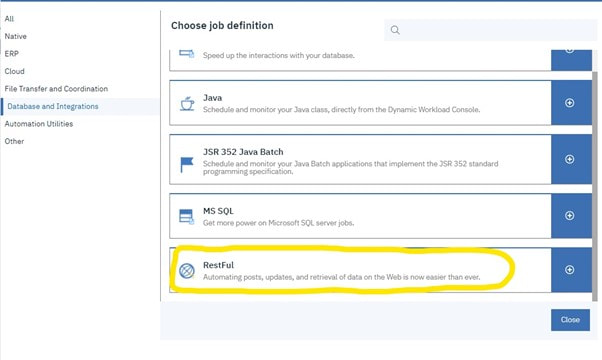
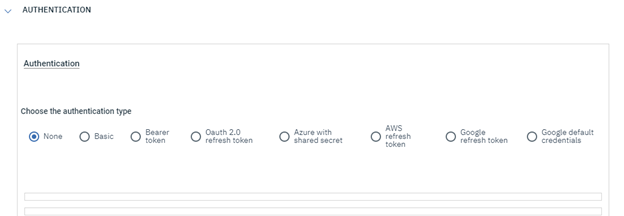
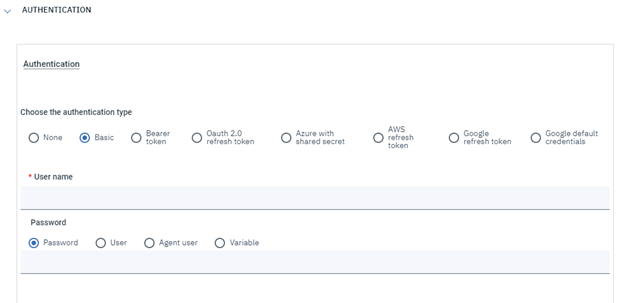
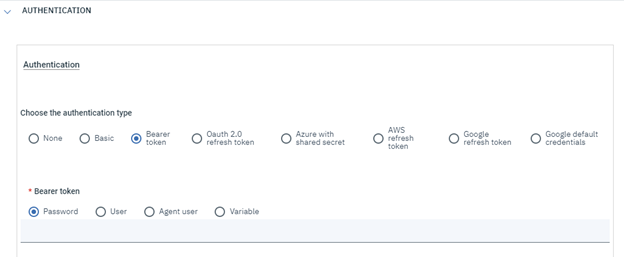
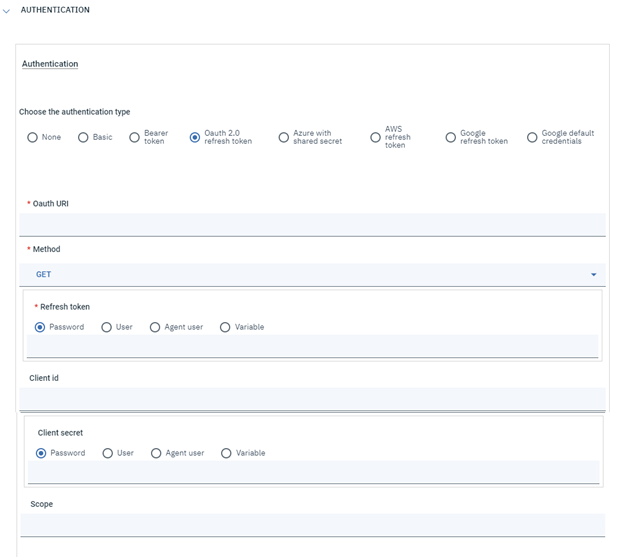
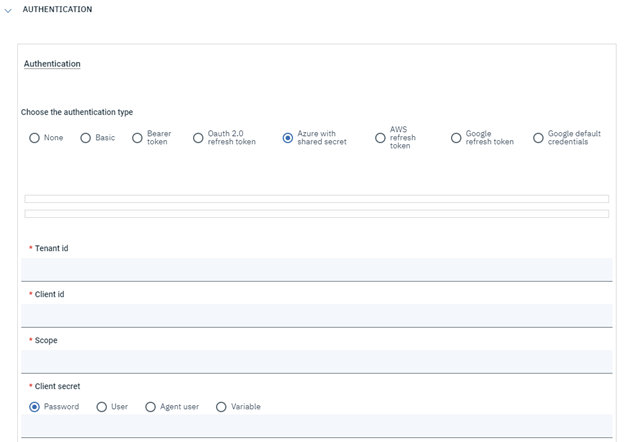
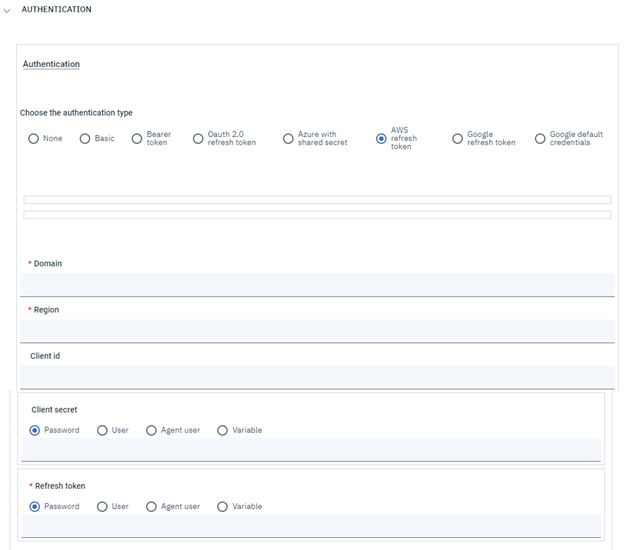
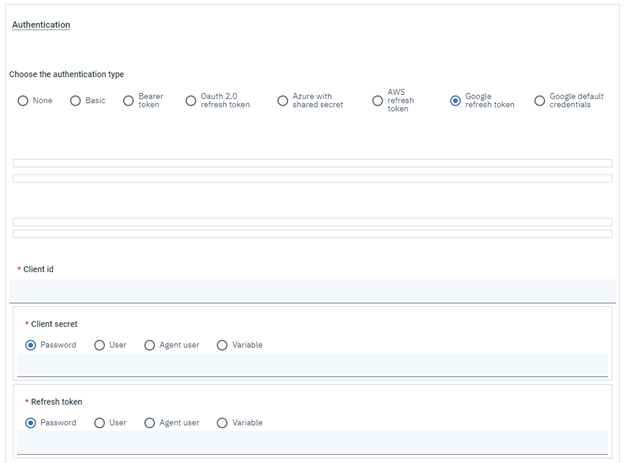
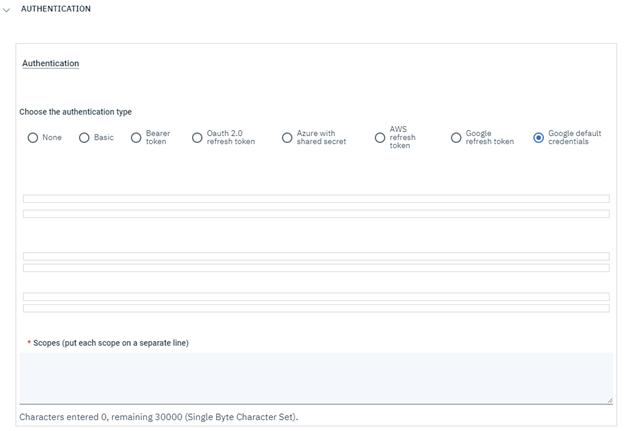

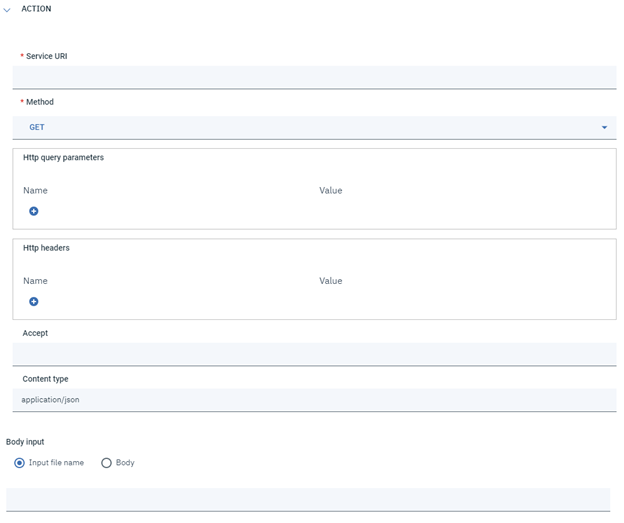
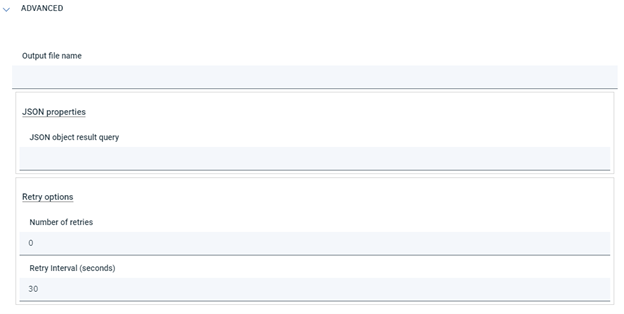
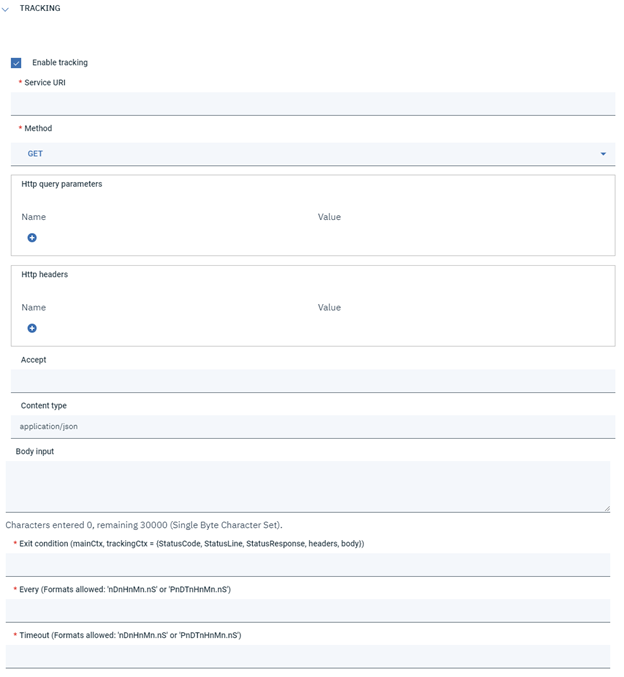
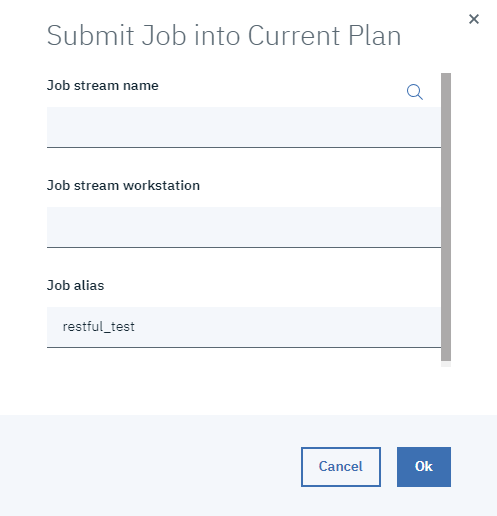

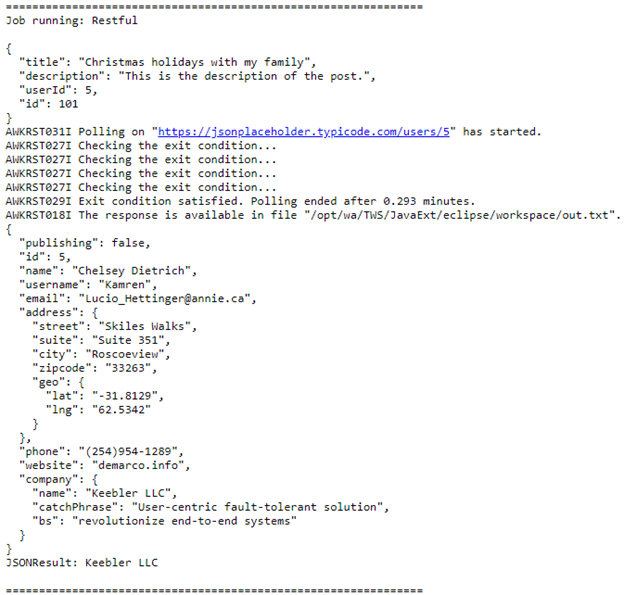



 RSS Feed
RSS Feed